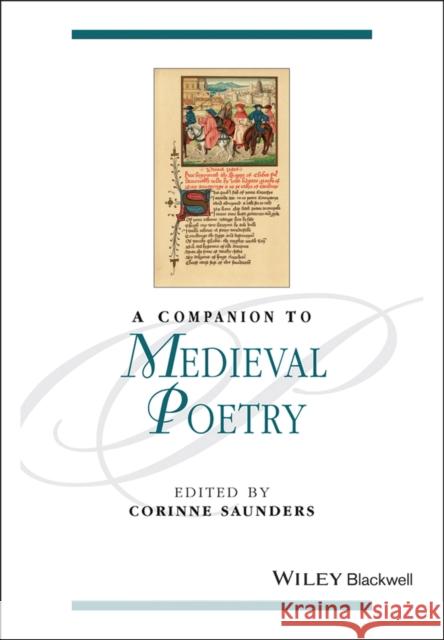A Companion to Medieval Poetry » książka
topmenu
A Companion to Medieval Poetry
ISBN-13: 9781405159630 / Angielski / Twarda / 2010 / 704 str.
A Companion to Medieval Poetry presents a series of original essays from leading literary scholars that explore English poetry from the Anglo-Saxon period up to the 15th century.
- Organised into three parts to echo the chronological and stylistic divisions between the Anglo-Saxon, Middle English and Post-Chaucerian periods, each section is introduced with contextual essays, providing a valuable introduction to the society and culture of the time
- Combines a general discussion of genres of medieval poetry, with specific consideration of texts and authors, including Beowulf, Sir Gawain and the Green Knight, Chaucer, Gower and Langland
- Features original essays by eminent scholars, including Andy Orchard, Carl Schmidt, Douglas Gray, and Barry Windeatt, who present a range of theoretical, historical, and cultural approaches to reading medieval poetry, as well as offering close analysis of individual texts and traditions











